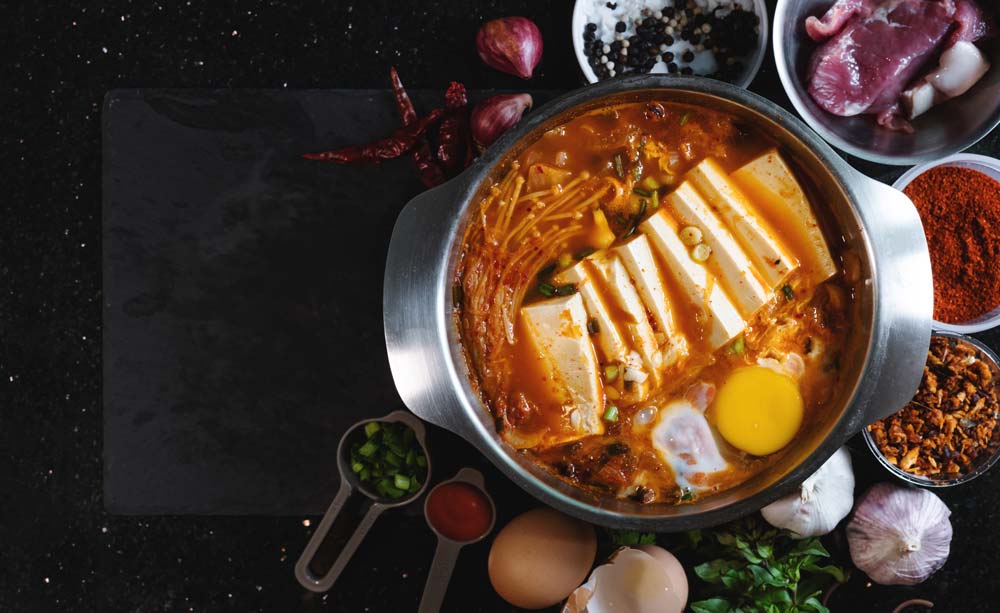Korean food culture has been famous around the world, and the food culture of Korea has been growing ever since the Korean Wave, when Korea and Japan had numerous interactions in cultural and political methods. Korean food culture has been affected by Japan in many ways, and some of them are so crucial that it is impossible to imagine Korean food culture without them. This paper discusses the influence of Japan on Korean food culture and their backgrounds.
Historical Background
To begin with, geographically, Korea and Japan are next to each other, with the Korean peninsula being a gateway to mainland Asia. As a result, the Japanese invaded Korea numerous times, and there were two invasions with significant influence on Korean food culture; the Imjin War and Japanese occupation. Several new foods from the American continent, widely spread by Portuguese merchants, were introduced to Koreans by having the Japanese invade Korea during the Imjin war. Red pepper, a crucial part of Korean dining, was first introduced to Korea as a result of the Imjin war. Also, during the Japanese occupation of Korea, various Japanese foods, from noodles to pork cutlets, were introduced to Korea, and their legacy lasted as a new form of dining in Korea.
Distance and Climate Factor
Moreover, Korea and Japan are close in distance factor, which indicates that it is easy for Korea to adapt to a new culture from Japan or vice versa. Also, there was a good chance of having the crops that Japanese harvest would also grow in Korea due to similar climates. As a result, several vegetables and fruits came to Korea through Japan, and recipes and names came along. The sweet potato and mandarin orange are good examples of this phenomenon. Sweet potato was introduced through Japan in the late 18th Century, and mandarin orange was also introduced through Japan in the early 20th Century with the recipe and the names.
Economic Background
Economics is also an important factor in the relationship. Until the early 1980s, the Japanese were superior in economy, and Korea would export raw ingredients to Japan. These phenomena have impacted food culture by including elements in the recipes. For example, Kabocha squash was not a common vegetable in Korean agriculture until the 1970s. However, Japanese demand for kabocha squash was so high that Koreans started to harvest them and export them to Japan and became a part of recipes. Meanwhile, in butchery, leftover pork bellies became problems because the Japanese did not consume that part of pork, and Korea used to export pork to Japan. As a result, the cheap leftover pork belly was consumed by Koreans, which spread widely soon after.
Conclusion
It is very trivial that neighboring countries have a heavy influence on a countries’ culture, and sometimes, it becomes so important in a culture that it is hard to discuss without them. In that manner, the Japanese had numerous crucial influences on Korean food culture, and some of them are very vital parts of Korean food culture.
Reference
sillok.history.go.kr. (n.d.). 조선왕조실록. [online] Available at: http://sillok.history.go.kr/search/inspectionMonthList.do?id=kba [Accessed 2 Nov. 2021].
김재승, 2001, ‘고구마의 조선 전래’, 동서사학, vol. 8,no. 0, pp. 97-117.
이성우 (1984). 한국식품문화사. 1st ed. Korea: 교문사, p.119~210.
